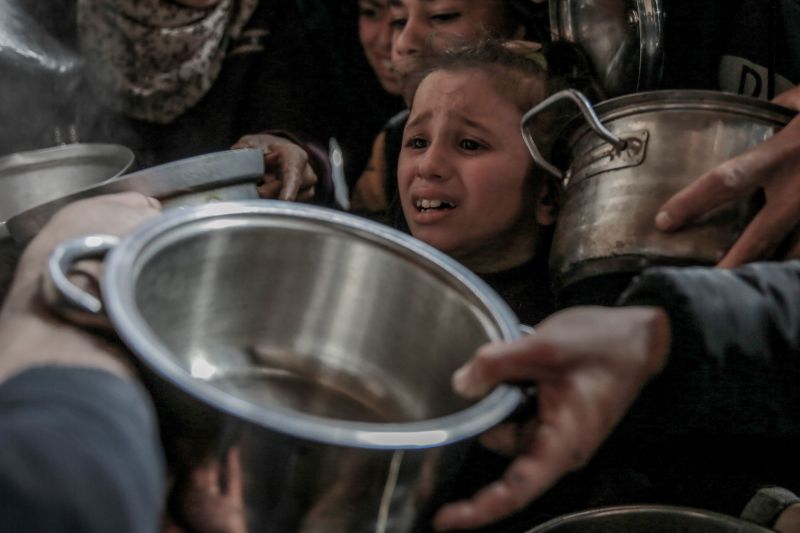The devastating reality of the Israeli-Palestinian conflict reached another heartbreaking climax recently when an attack on a Gaza food aid point claimed 20 innocent lives and injured an additional 155 individuals. As the dust settles on the latest episode of violence, Israel has been quick to deny culpidity.
On the fateful day, thousands had gathered at a major food distribution center in Gaza City, hoping to secure sustenance amidst the ongoing strife and staggering economic hardship. The attack, characterized by a sudden, catastrophic blast, cast a horrific shadow on an ostensibly routine day. The tragic event not only left a trail of trauma and despair but also raised troubling questions about responsibility, accountability, and the path forward in the increasingly volatile region.
While the dead included men, women, and children, around 155 individuals were also reportedly injured in the incident – turning a center of relief into a scene of chaos and horror. The medics and aid workers moving through the rubble in search of survivors painted a grotesque picture – one that soberly reflects the daily uncertainties and fear the Gazan residents are forced to endure.
This reprehensible episode creates a shocking contrast against the backdrop of an ongoing humanitarian crisis in Gaza. The region, characterized by high unemployment rates and deficient basic services, sees a significant number of its population heavily reliant on international food aid. The Food Aid Center, deployed to mitigate the impact of adverse living conditions, has unfortunately become a theatre of violence.
Following the attack, the blame game commenced almost instantly. Israel, traditionally perceived as the principal rival of Palestine, faced immediate suspicion. However, the country explicitly denied any involvement in the strike. Israel’s stance on the incident advocates its longstanding argument that it does not target civilians and maintains strict rules of engagement, even amid the ongoing tensions in the region.
At the same time, some factions have suggested that this could be an act of internal strife, driven by Gaza’s complex and often volatile political landscape. However, these conjectures are yet to be substantiated by clear evidence, leaving the hunt for the true perpetrator an open-ended endeavour.
Meanwhile, the people of Gaza are forced to deal with the aftermath of this atrocious incident. Beyond the casualties, the detonation has now left hundreds without a vital and often the only source of sustenance, underscoring the multiple stages of victimization in such incidents.
This tragic episode is a stark reminder of the tensions that continue to plague the region. It highlights the compelling urgency and complexity of the plight faced by the millions caught in the crossfire. It is invariably a call for a more forceful global response, a call for accountability, and most importantly, a call for unyielding efforts toward establishing lasting peace in the region.




